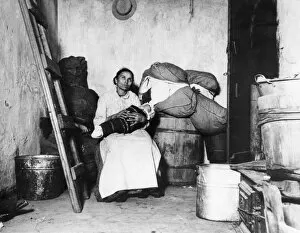THEIR WORLD OUR WORLD
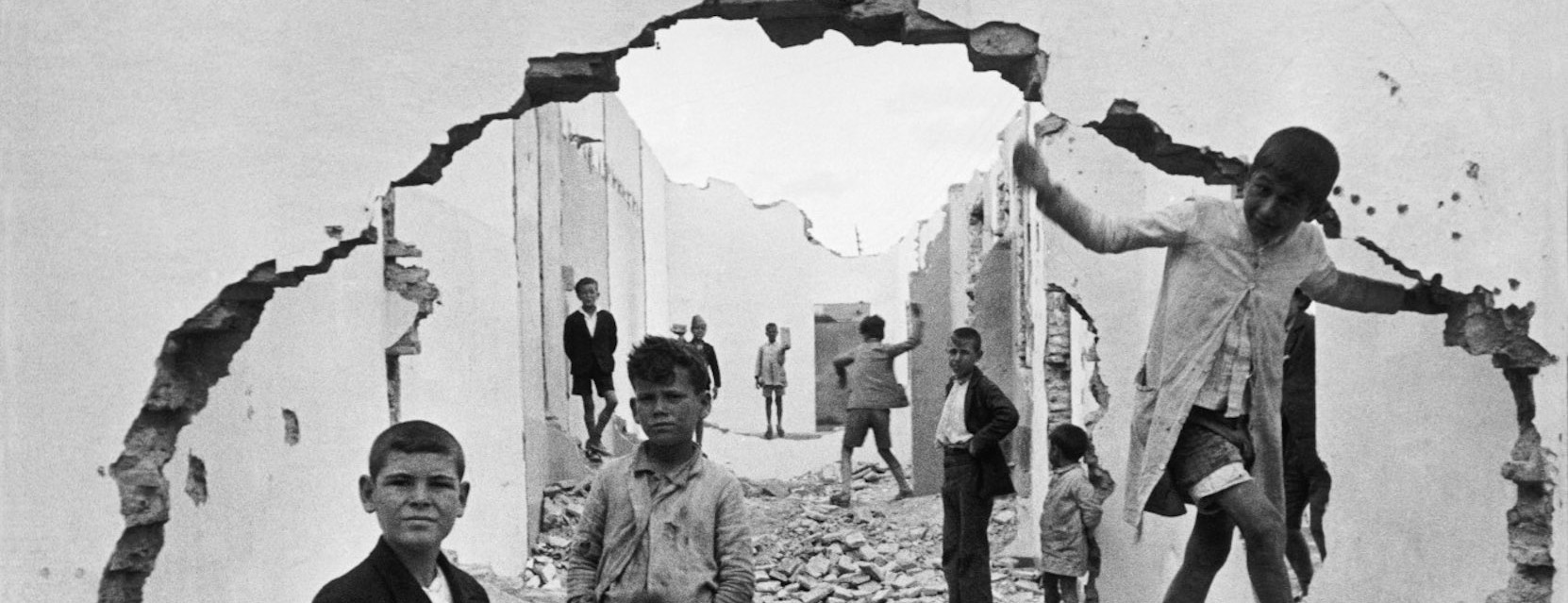
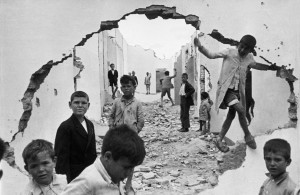
According to Henri Cartier-Bresson “to take photographs means to recognize—simultaneously and within a fraction of a second—both the fact itself and the rigorous organization of visually perceived forms that give it meaning” (Cartier-Bresson, 33). Cartier-Bresson was considered a modernist, not so much a photo journalist, but after becoming sick in Africa he traveled to Marseille and worked with “enjoyment” and wanted to capture life form the moment he started his photographic journey. For me the concept of the decisive moment, coined by Cartier-Bresson, is what photo journalism is about. Photography must become a part of you, in a way that you do not think about it but instead just do it. Three significant documentary photographers that I learned a little more about include Felice Beato, Lewis W. Hine, and Eddie Adams.
Felice Beato is known as one of the first war photographers and he was one of the first photographers to photograph in East Asia providing a documentation of a foreign population that was unfamiliar without much known about the living conditions, structures, and people.
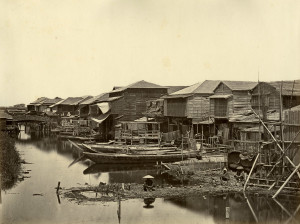
Lewis W. Hine used his camera to address the issues of child labor by providing a larger scope of the issue accompanied by photos of children in factories that often were very dangerous jobs.
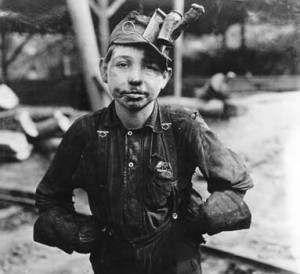
Eddie Adams is most famously known for his photos taken during the Vietnam War, more specifically his Pulitzer Prize winning 1968 image “Saigon Execution.” I am most moved by photographers that use their camera as a tool to reveal the reality of world circumstance.
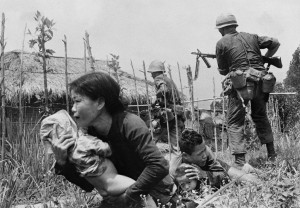
Steve McCurry’s work is colorful and the connection with his subjects is powerful. When I look at his work it makes me curious about the people that he photographs and their perspective of the world around them.

Lynsey Addario is a documentary photographer who uses her camera to focus on human rights and the role of women in traditional societies. There is a lot of contrast and beautiful composition in her work.
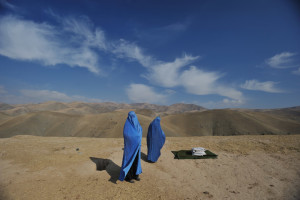
When I considering all of these photographers, they inspire me to be more in the moment and to shoot with purpose but also instinctively. Photography is consumed in many different ways and images can carry powerful messages.
According to Robin Kelsey “the camera, as an automatic picture machine, substituted the action of light for human labor, opening up new possibilities for chance” (Kelsey, 17) which means as a photographers we play a part in that chance. Documentary photography has changed in a lot of ways over the last 150 years; it has become more colorful and more easily shared. It is important to consider the ethical complexities and intention in the meaning of taking a photo. One thing that has not changed in documentary photography is the representation of truth. The use of cameras and imaging technology allow us the ability to grant access to events in history that we would not be able to access so easily otherwise. The opportunity for an image to out live the person who took it is amazing. Documentary photography is a piece of time.
Works Cited
Cartier-Bresson, Henri. “The Mind’s Eye: Writing on Photography and Photographers.” New York: Aperture (1999):33. Academic Search Premier. Web. 28 Jan. 2016
Kelsey, Robin. “Of Fish, Birds, Cats, Mice, Spiders, Flies, Pigs, And Chimpanzees: How Chance Casts The Historic Action Photograph Into Doubt.” History & Theory 48.4 (2009): 59-76. Academic Search Premier. Web. 28 Jan. 2016.


